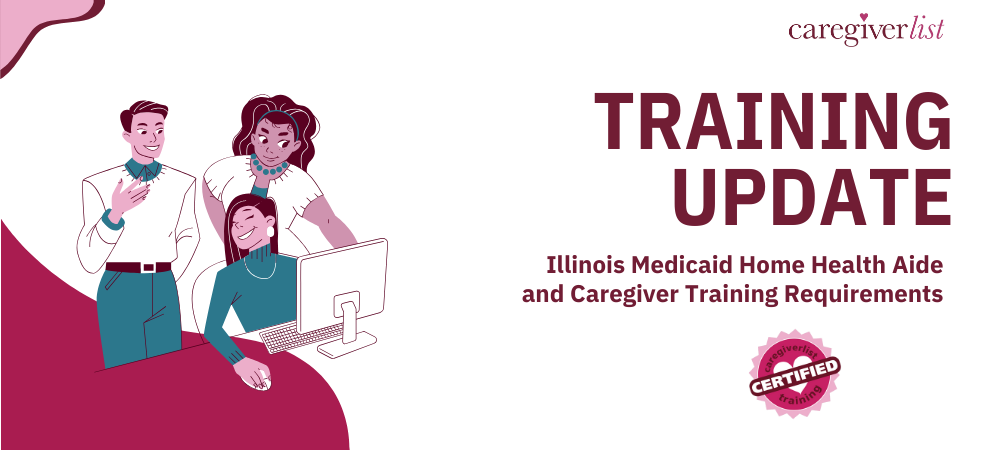Senior care workers are on my mind as Labor Day approaches. I am reminded of the innumerable home caregivers and the protective legislation challenges they face.
2011 is known as the first year of the “age wave”, in which every eight seconds, an American will turn 65. And while an emphasis on aging well—keeping our brains and bodies fit—can help forestall the inevitable, there is no denying that that home care is one of our nation’s fastest growing industries.
Senior caregivers provide the essential care that allows seniors to age in place by providing aid and assistance in their own homes. Very broad U.S. Department of Labor regulations have ensured that home care workers are excluded from basic minimum wage and overtime protections. Exempt “companionship” services have morphed into the wholesale exclusion of workers in the home care industry.
The Direct Care Job Quality Improvement Act – a bill that would help create a “more stable, valued direct care workforce” was introduced to Congress on June 23, 2011 and would amend the Fair Labor Standards Act (FLSA) to include basic labor protections for home care workers.
Regulation revision suggests two significant reforms: (1) it should provide that workers employed by a home care agency or other intermediary are not exempt; and (2) it should narrow the definition of “companionship” and exclude workers who perform other types of duties such as providing assistance with activities of daily living (ADLs), or instrumental activities of daily living (IADLs).
This legislation takes major steps towards ensuring the “health, autonomy and well-being of more than 13 million Americans with long-term care needs today and an estimated 27 million by 2050”.
Labor Day, the national holiday observed on the first Monday of September, was first proposed by the Central Labor Union in 1882 to celebrate “the strength and esprit de corps of the trade and labor organizations” of the community and was intended as a workingman’s holiday. At that time, the industrialized workforce demanded “Eight Hours for Work, Eight Hours for Rest, Eight Hours for Recreation.” There are agencies and alliances who are now working toward the same for a growing labor force—the home health care industry.
Learn more about these national initiatives: National Domestic Workers Alliance and their Domestic Workers Bill of Rights, Caring Across Generations: a campaign to “transform long-term care in the United States, those who rely on the support of caregivers to meet their basic daily needs, the workers who provide the support, and the families who struggle to find and afford quality care for their family members.” The National Employment Law Project (NELP): Fair Pay for Home Care Workers: Reforming the U.S. Department of Labor’s Companionship Regulations Under the Fair Labor Standards Act are a few.
If you are a home caregiver and want to increase your viability and skill set, consider Caregiverlist’s 10-hour online certification training. Upon completion you receive a certificate and your name is added to the database registry of training certified caregivers. Elevate your skills. You are invaluable. Training can be your first step to a fulfilling career and your inclusion in a growing labor movement.
And from Caregiverlist, happy end of summer!







